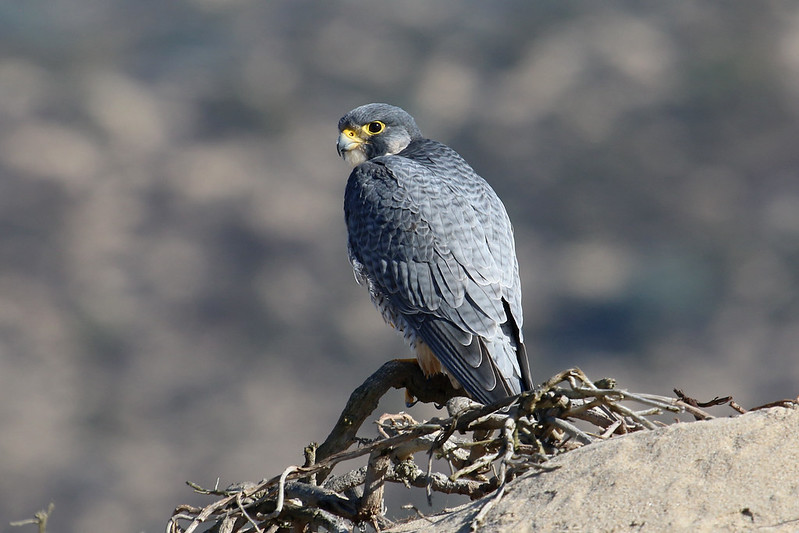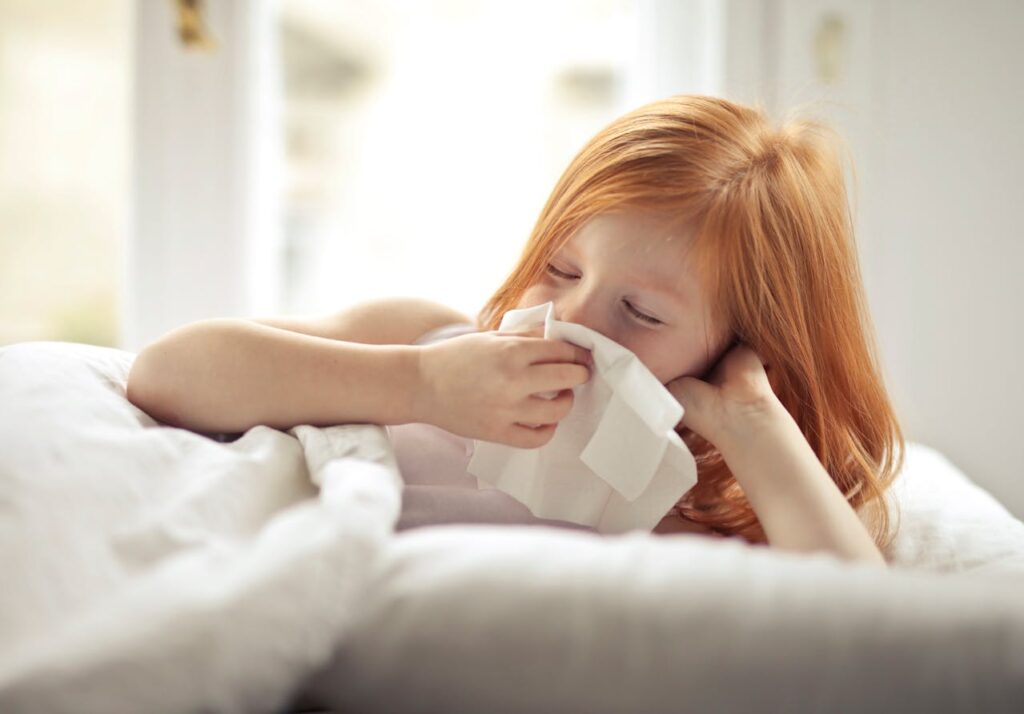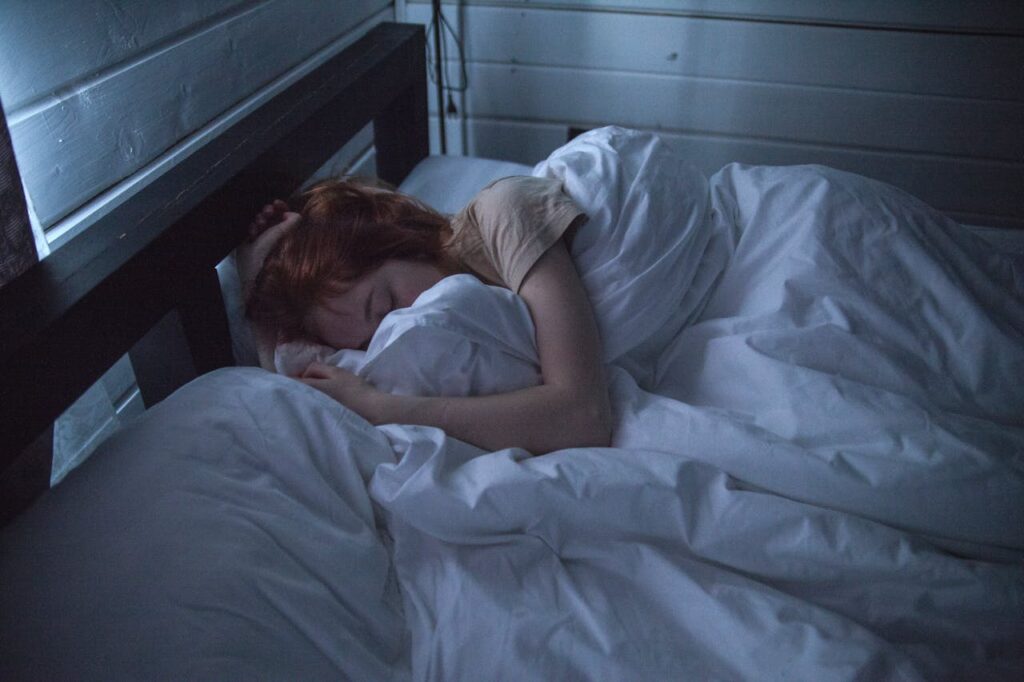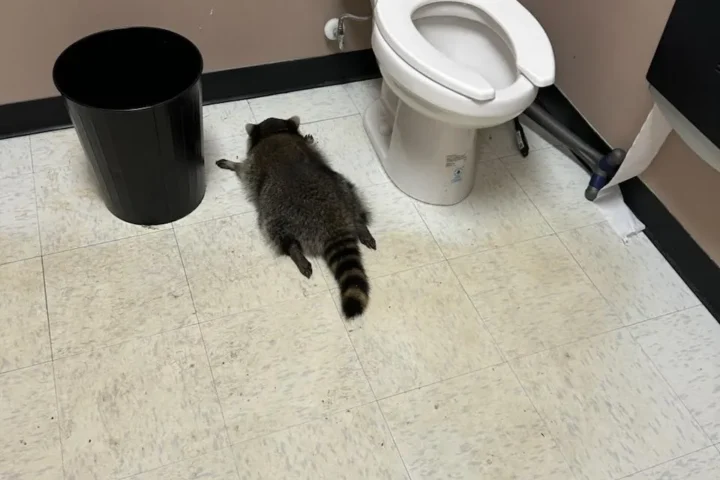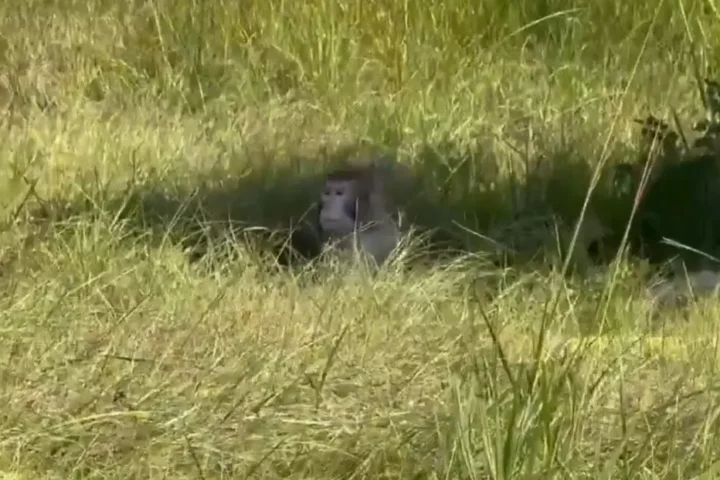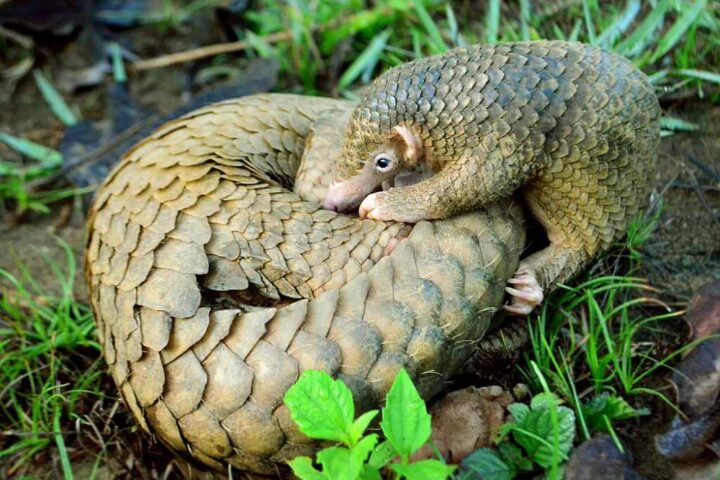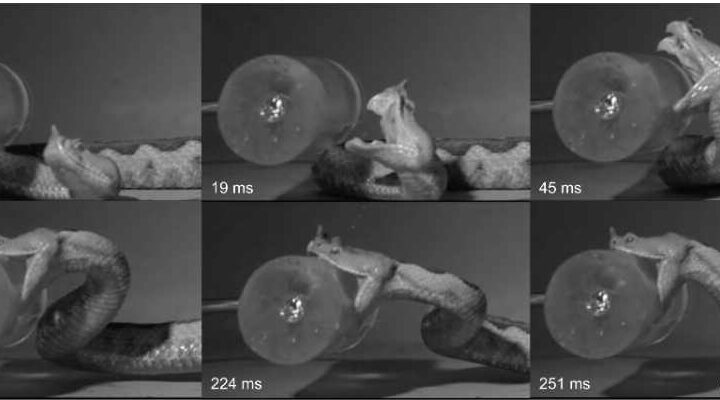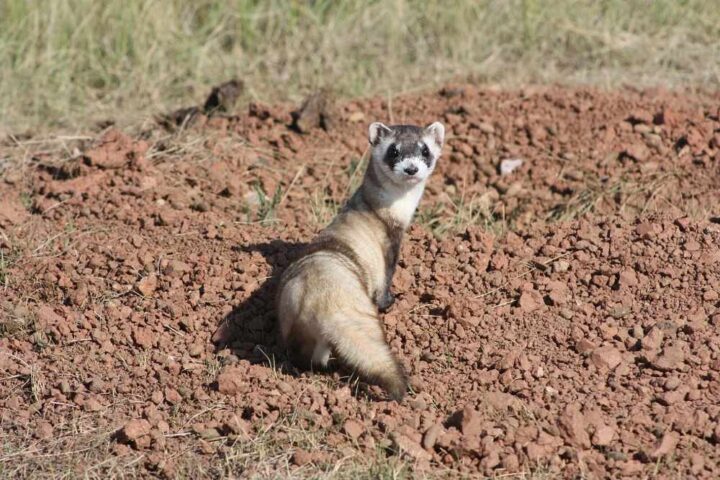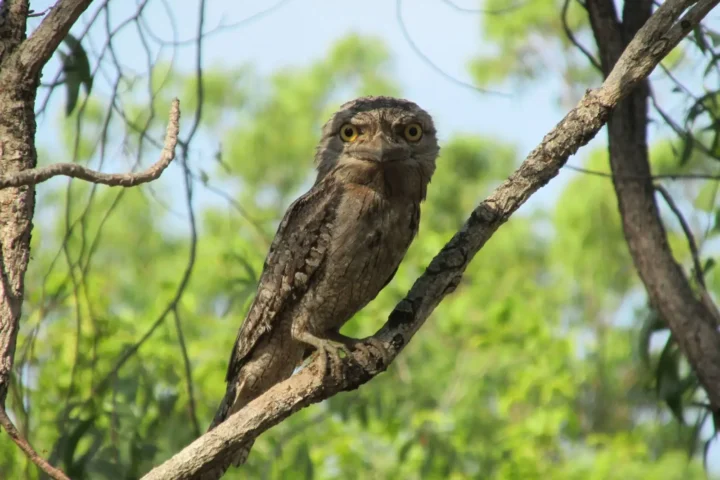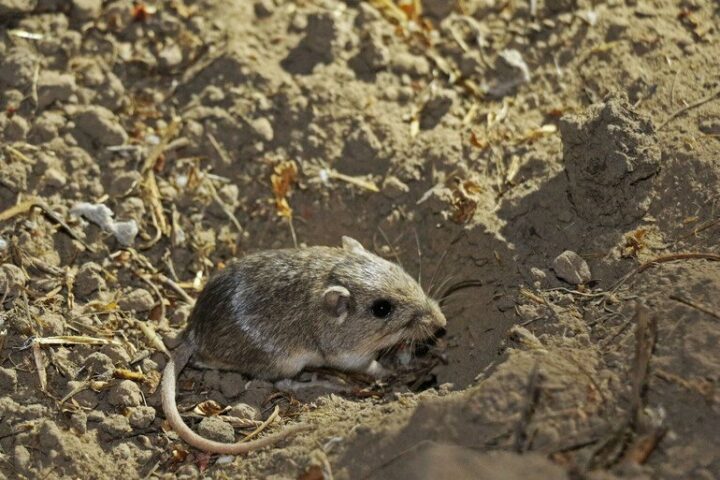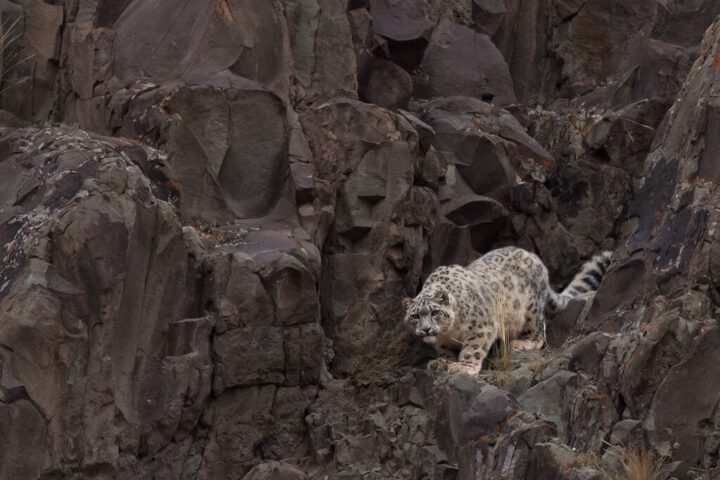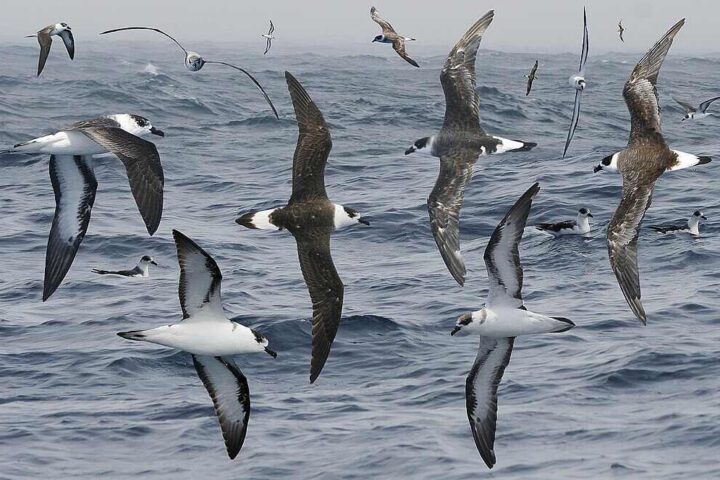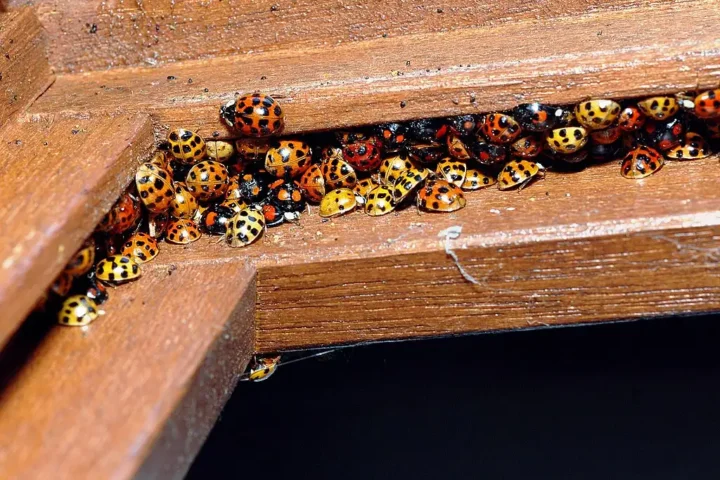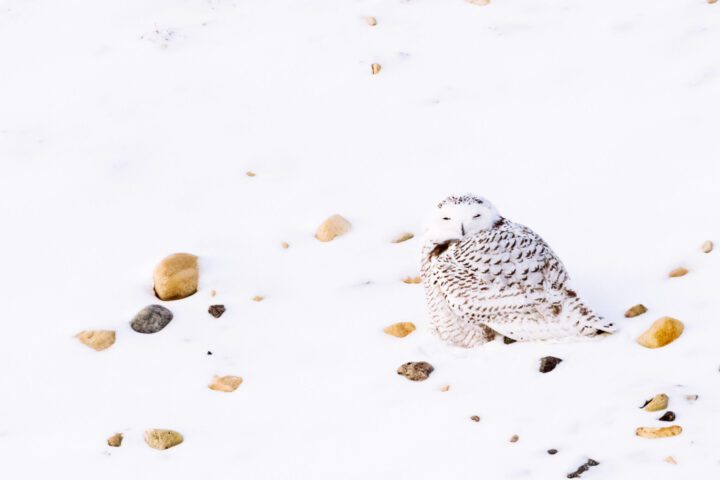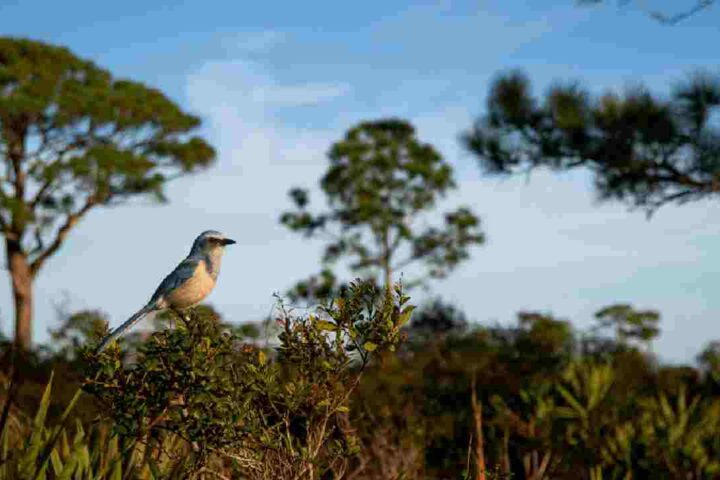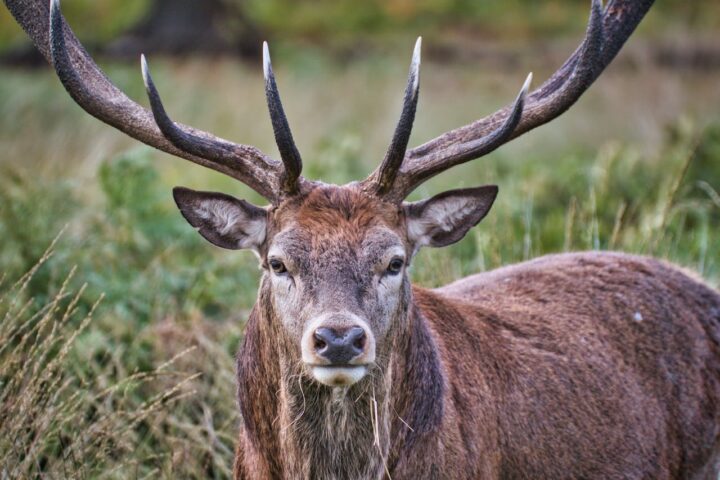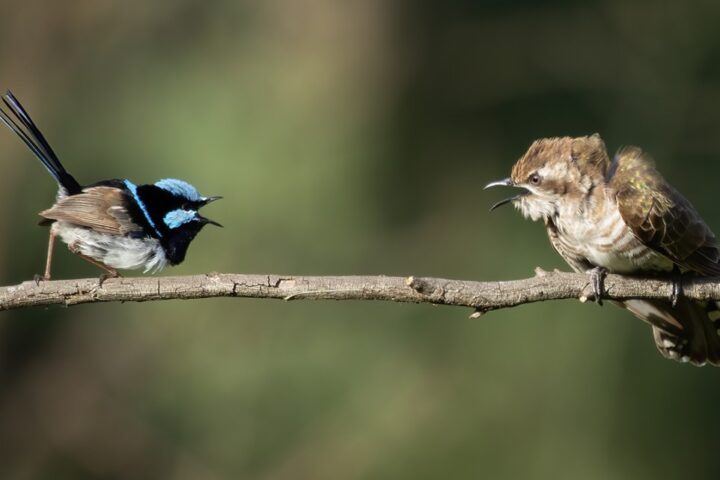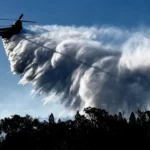In a series of recent wildlife conservation developments in Melbourne, two contrasting stories have emerged: an urban falcon rescue operation and the arrival of a Komodo dragon, demonstrating the city’s expanding role in wildlife protection and endangered species conservation.
Urban Falcon Recovery: A young peregrine falcon that hatched at 367 Collins Street became trapped behind a glass balcony screen in Melbourne’s CBD on November 15. The incident prompted a coordinated rescue operation between Wildlife Victoria and Melbourne Zoo’s Marine Response Unit.
“A huge thank you to everyone involved – from the member of public who called Wildlife Victoria to report the injured falcon, to the team at Melbourne Zoo and Healesville Sanctuary for providing veterinary treatment and rehabilitation,” said Wildlife Victoria CEO Lisa Palma.
Initial attempts to release the falcon in Fitzroy Gardens proved unsuccessful due to a soft tissue injury in its right wing, as confirmed by Dr. Victor Hurley, Victorian Peregrine Project founder. The bird underwent comprehensive medical examinations at Melbourne Zoo, including X-rays and blood tests, before transfer to Healesville Sanctuary’s specialized Raptor Rehabilitation Centre.
The centre’s innovative design features a six-meter-tall donut-shaped structure with a continuous 100-meter flight tunnel, essential for birds to regain their fitness before returning to the wild. After receiving anti-inflammatory medication and completing flight fitness rehabilitation, the falcon was released near the Yarra River within its home range.
Healesville Sanctuary life sciences manager Gerry Ross observed: “It’s incredible to have this Raptor Centre and for the zoos to work together so one of city’s most iconic birds can return to wild where it belongs.”
Endangered Species Conservation: In a separate development, Melbourne Zoo welcomed Khan, the first Komodo dragon bred in Australia. The two-year-old reptile, measuring 90 cm and weighing 1.5 kilograms, arrived in an insulated reptile transport crate within a calico transfer bag, which helps reptiles stay calm and feel protected during transport.
More Stories
Melbourne Zoo Reptile Keeper Sam Hermann stated, “We have been preparing for this moment for a long time.” The zoo’s conservation efforts focus on this endangered species, with fewer than 1,400 Komodo dragons remaining in their native Indonesia, according to IUCN Red List data.
Khan’s diet at the zoo includes a variety of meats, including deer, pigs, and smaller reptiles. These reptiles can consume up to 80% of their body weight in one meal, with adults capable of reaching three meters in length and 70 kilograms in weight.
Conservation Status Peregrine falcons, known for reaching speeds up to 300 kilometers per hour, typically nest in shallow dips on rock faces, cliff edges, tree hollows, and urban building ledges. The rehabilitation and release of the Collins Street falcon adds to Melbourne’s urban wildlife rescue efforts.
The addition of the Komodo dragon to Melbourne Zoo brings attention to this endangered species, whose population faces ongoing threats in their native habitat.
For wildlife emergencies, Victorians can contact Wildlife Victoria’s 24/7 Emergency Response Service at (03) 8400 7300.
